
Legacy USB DACs. There I said it. These days, DACs without streamers are beginning to feel like relics.
Let’s face it — Computer Audio was not ideal, largely because of the computer. Imagine using a washing machine as a motor for your turntable. Same thing as computer audio, more or less.
But the reality of the day is there remain countless USB DACs out in the wild along with multi-purpose preamplifiers and integrated amplifiers with USB inputs. To get Roon into a USB-endowed digital to analog converter, we need a device that converts a network input, Ethernet or WiFi, to USB audio out. Enter the streamer.
Streamers come in all shapes, sizes, and prices. Interestingly, as streaming is the music source of choice, finding a streamer with USB output is becoming more difficult. As a reviewer, I need to have a USB streamer in my bag of tricks and I’m nearly ashamed to say I’ve been making due without. S/PDIF has been my only means to connect streamer to DAC these days so I was on the hunt for a simple, affordable USB streamer. Enter the Raspberry Pi 4.
Many years ago, back in my AudioStream days, I reviewed a Pi-based streamer and was largely unimpressed. I blame ride-sharing. Up until the RPi 4, Pi’s were designed so the USB and Ethernet ports shared the same controller. The same bus, not an ideal situation for moving audio. [footnote 1] The RPi 4 changed all that by separating the USB and Ethernet bus making things decidedly less crowded and, in theory, better sounding. Let’s see.

Making a Roon Ready Raspberry Pi
Ingredients
Raspberry Pi 4 2GB: $35.00
Flirc case: $15.95
Cana Kit USB-C Power Supply: $9.95
ScanDisk 16GB microSD card: $6.00
RoPieee software: free
Total Cost: $66.90
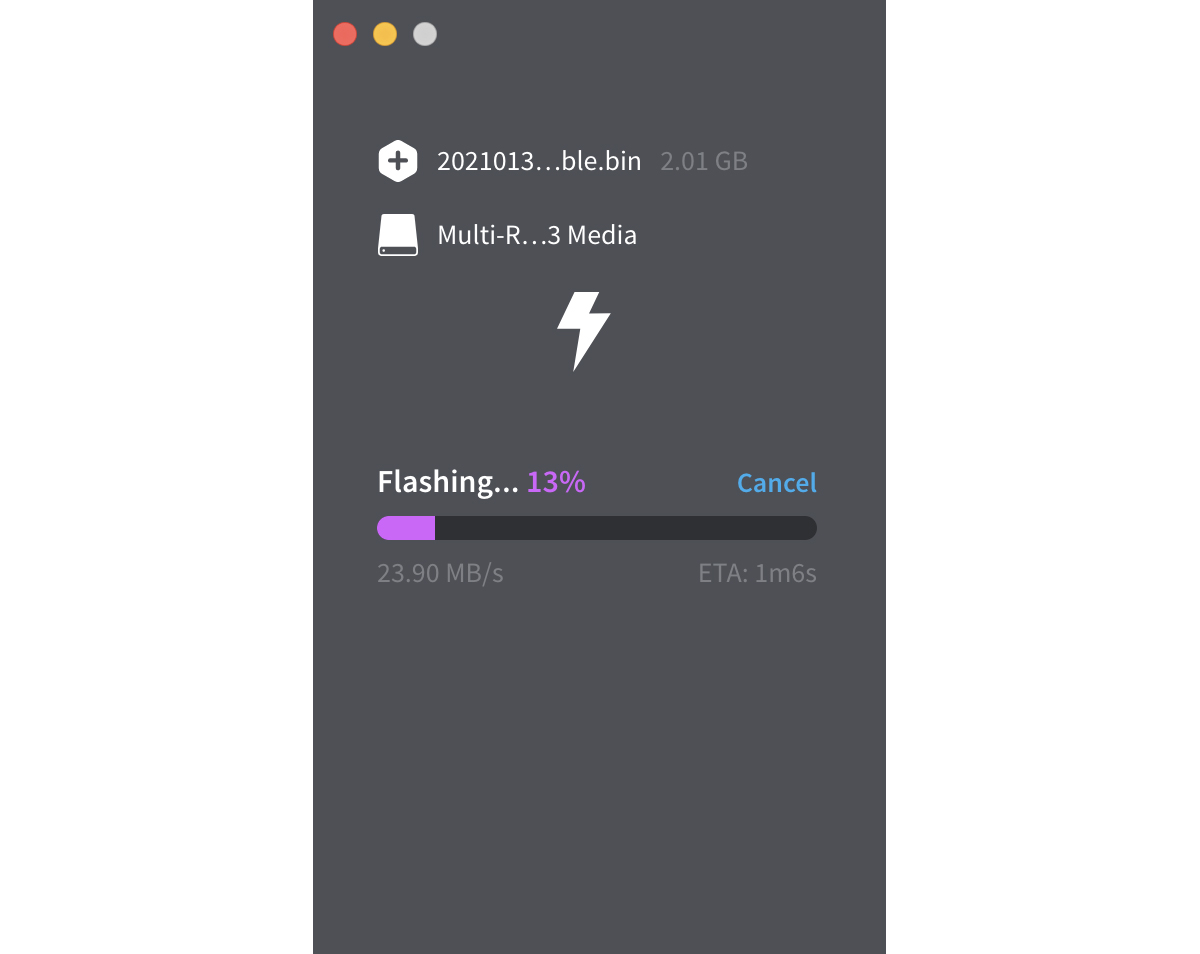
RoPieee Baking Instructions
Download balenaEtcher (free)
Download RoPieee
Load the ScanDisk microSD card into your card reader
Using balenaEtcher, select the RoPieee download and your SD card and click Flash
When balenaEtcher has finished, load the microSD card into your Pi
Assembly
Unscrew the Flirc case
Fit the Pi into the case
Screw the Pi and case together using the screws you just removed
Use
Connect an Ethernet cable to the Pi
Connect the Pi to your DAC using a length of USB cable
Connect the power supply
Turn on the DAC
In Roon, go to Settings > Audio and select the RoPieee device
Name it and select it as the output device
Play
If you’re not a hurry, the above steps should take about 30 minuted to complete, with frequent beverage breaks taken into account. In other words, less than 70 bucks and less than an hour of your time buys you a USB-endowed Roon Ready streamer. Nice!
The Sound of Pi
As I mentioned, I do not have another USB streamer in Barn so I’m going to compare the Pi to the Bluesound Node 2i’s Coax S/PDIF output. For the record, the Node costs $549 but it includes a DAC and a number of other features that are not found in the Pi which goes a long way to explain the price differential.
The RPi + DACs were used with the Riviera Audio Laboratories Levante and Jadis DA50S Tube Integrated Amplifiers powering the DeVore Fidelity O/93 speakers. Good company, indeed.
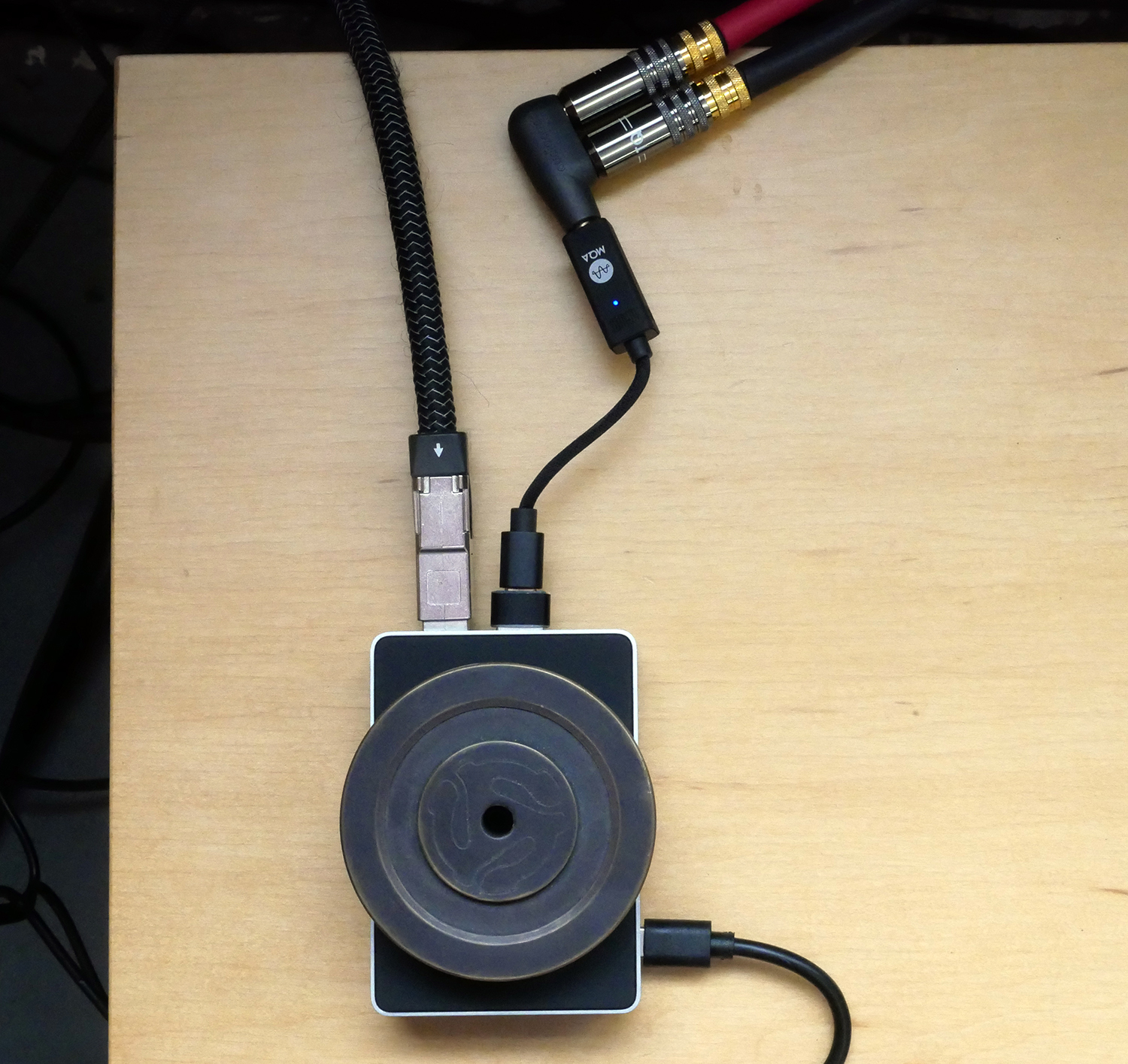
Let’s begin with a $170 Streamer/DAC solution, using the RPi with the $99.99 bargain of a dongle DAC the Helm BOLT. Lianne La Havas’ self titled album album from 2020 is a soulful groove of a record with fairly straight ahead production, keeping La Havas vocals out front right where they belong. The RPi / BOLT combo did a nice job of capturing that groove with a fun, fat sound, albeit with a bit of bass bloom. There was also a bit of homogenization happening, where music sounded a bit shy of its full voice, its myriad colors and textures, but in a more price-appropriate system I’m not so sure this will be as big of an issue.
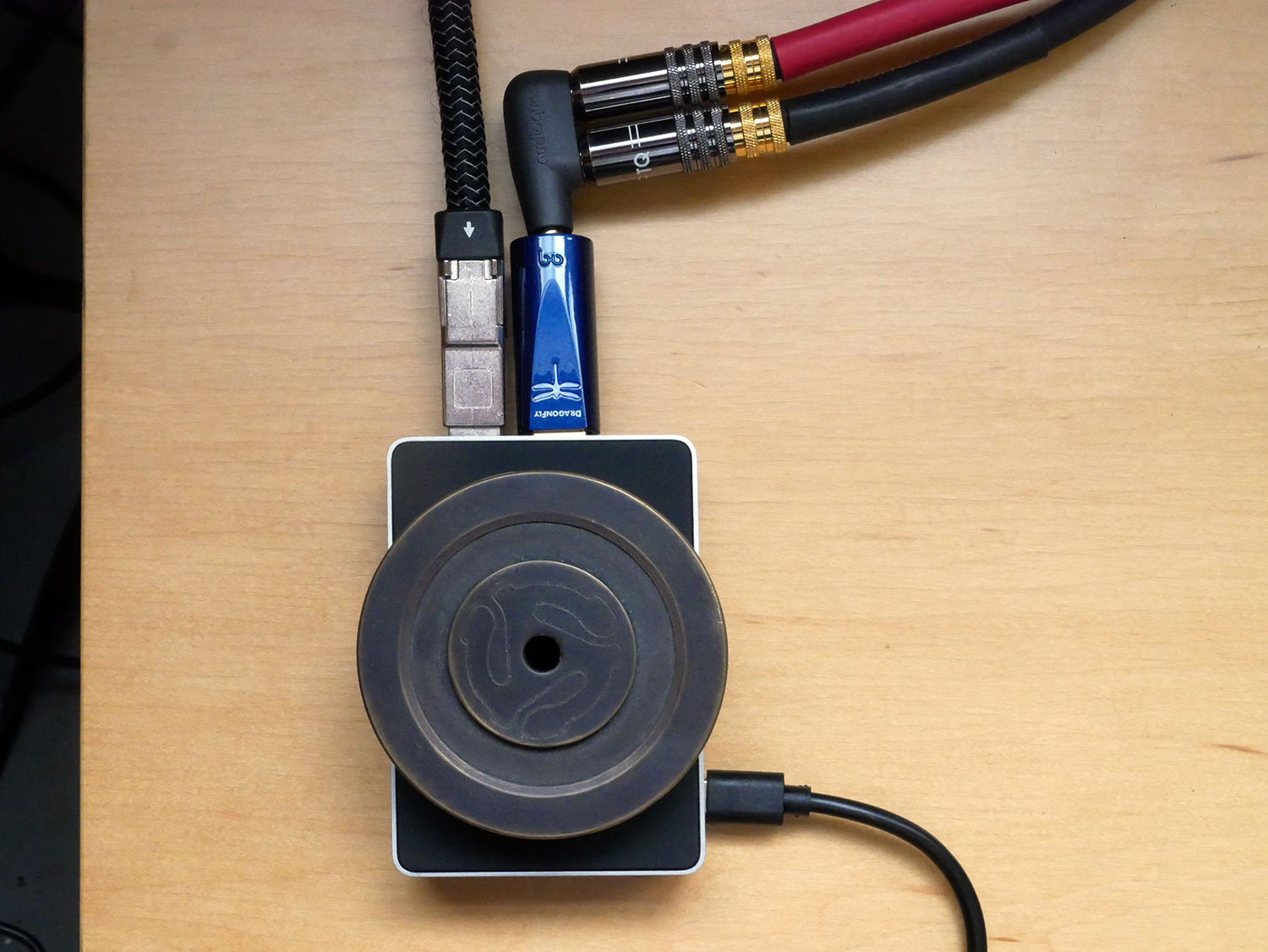
Next up in the RPi / DAC pairing featured the AudioQuest DragonFly Cobalt ($299.95). Julien Baker’s Little Oblivions has been spending a lot of time filling the barn with its sweet pain. “Song in E” is the bleeding heart of this record and features mainly Baker and piano and room, albeit with subtle accompaniment. Compared to the BOLT, the DragonFly Cobalt clearly added more weight to the piano, giving it more body and resounding sound decaying into the depths of the room where this love lost song was recorded. The Cobalt also offers more resolution compared to the BOLT, giving all of the music I played a more fully formed presence, a cleaner and clearer view into the various voices, tones, and textures that convey so much of music’s meaning.

Next up in the RPi / DAC pairing was the Denafrips Ares II ($780), which is also in for review. Compared to the BOLT and DragonFly Cobalt, the little Ares II added more bloom, body, nuance, and weight making for a more captivating experience. It’s as if the Ares II swept up around the edges of sounds with a sonic broom, bringing everything into better focus, adding greater dimension to the reproduction, offering greater emotional involvement. Julien Baker’s voice was more fully formed, nearly sounding a bit deeper, while the piano gained weight and more harmonic complexity.
This RPi / Ares II pairing was so damn pleasing, I spent a few days letting it take care of playing my music.
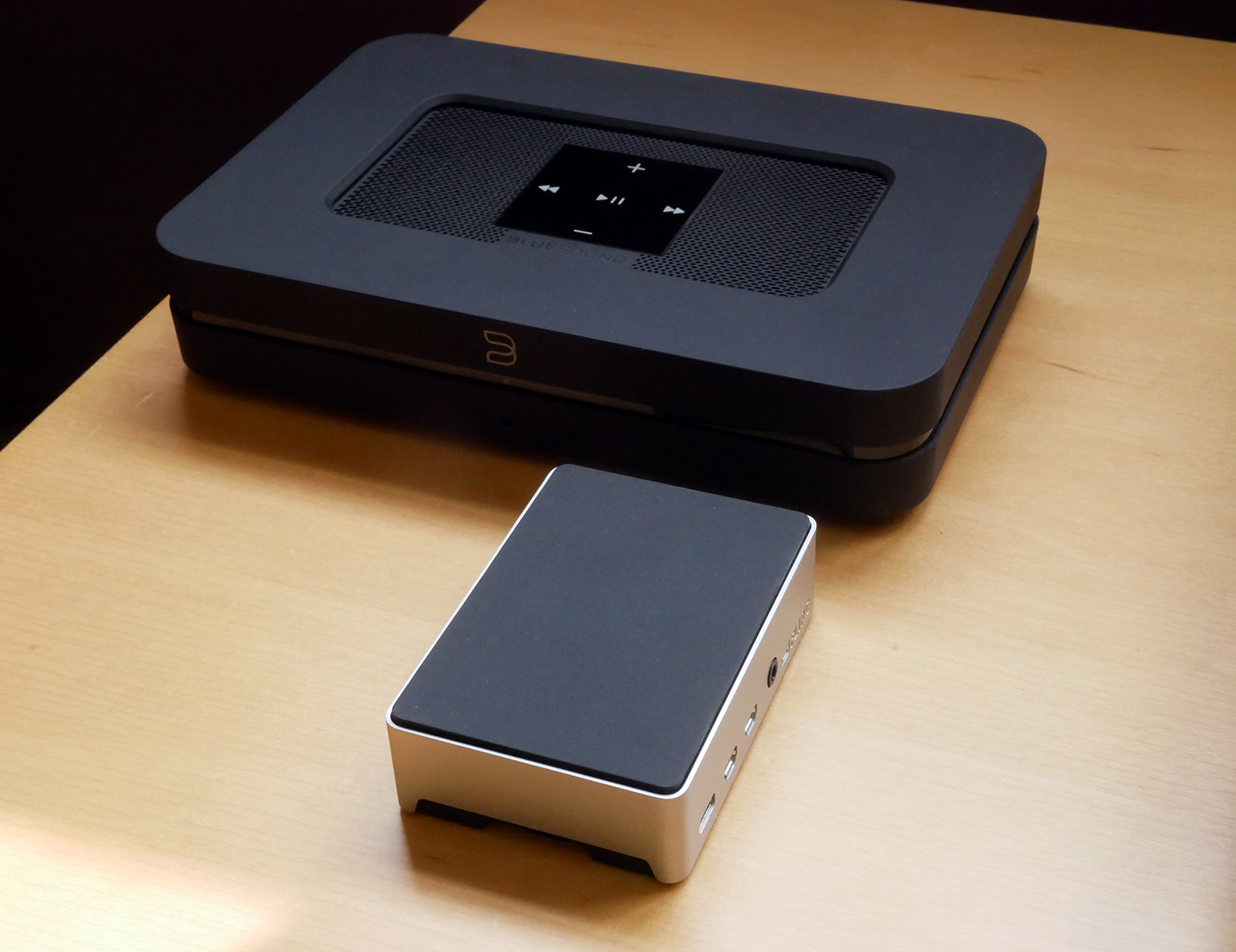
I also used the Denafrips Ares II for the Bluesound Node 2i comparison seeing as it offers both USB and S/PDIF inputs, unlike the USB-only BOLT and DragonFly Cobalt. It’s worth noting that in addition to comparing these two streamers, we are also comparing the Coax S/PDIF vs USB inputs on the Ares II because the Node 2i does not offer USB output. Sigh.
Two things — with the Bluesound Node, listening to Julien Baker’s “Song In E,” I became much more aware of important details including the fact that the sound of the piano was due to close miking so that the pads striking the keys was readily apparent and her voice sounded sweeter and richer and more full bodied. I’d also add that this recording through the RPi / Ares II sounded nearly pitch-shifted up towards a sharper, thinner sound. Not subtle.
Listening to a range of music using the Node 2i / Ares II combo highlighted the RPi’s shortcomings which were revealed most notably in terms of a loss of resolution, tone, weight, and body. So yea, most of the things that make our music so compelling were lessened by the RPi as compared to the Bluesound Node 2i. I wasn’t expecting such a dramatic difference, but there it was in plain earshot. Even my dog heard the difference [joke].

Just for fun, I inserted the Primare NP5 Prisma Network Player ($600) into the Ares II mix, using the same Coax S/PDIF connection to the Ares II. As you can read in my review, the Prisma offers more apparent resolution and a more refined sound as compared to the Node 2i so I wanted to check back in to see if these finding still held sway using the Denafrips Ares II. Not one to mince words, the answer is absolutely and positively yes. The Primare streamer provides a more refined and nuanced sound as compared to the Bluesound Node.
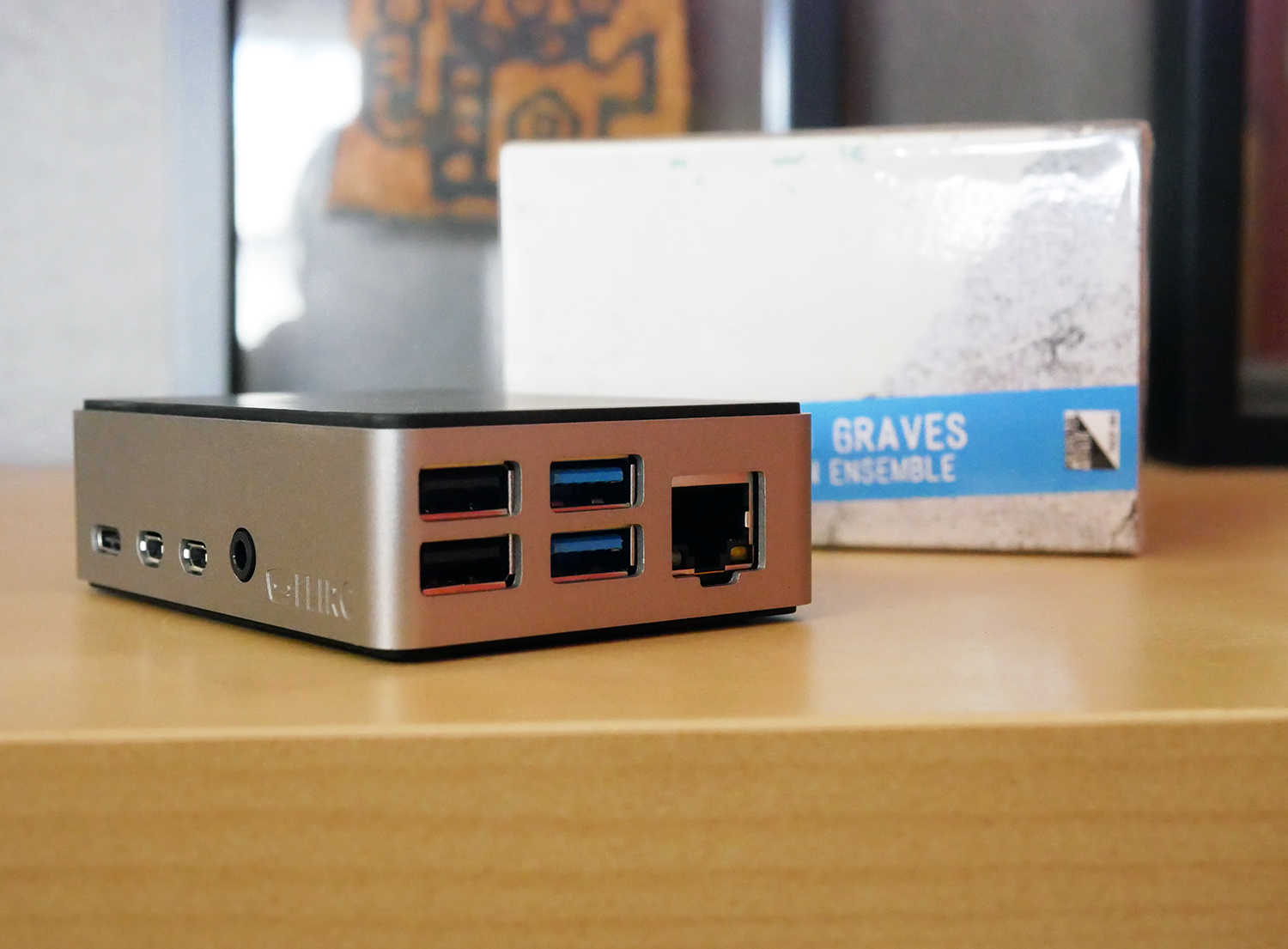
Where Do We Go From Here?
Conclusions can be funny things. If I had never heard another streamer, I could have pretty easily walked away from this review thinking the RPi was all anyone needs. And what a story that would have made, considering its $66 price tag.
Is the RPi a giant killer? If we consider the Bluesound Node 2i a giant, the answer is no. It’s more like a giant’s cousin’s kid brother.
I would suggest that we can so readily adapt to the sound of new, we have a tendency to forget what better sounds like. Especially if we’ve never heard better. Depending on our psychological makeup, I’ll go so far as to suggest that some listeners will be so swayed by the RPi’s price and non-audiophile appeal, they will just ignore the fact that it leaves out a bunch of music’s important ingredients. I’m certain if you search around, you’ll find measurements and/or people espousing theories that explain why a streamer can’t change the sound coming out of a DAC.
The fact of the RPi matter, like most everything in hifi, is it can be the perfect fit for the right system and listener. It is by no means a streamer that lets you hear the best from your DAC and system, especially if you’ve spent more than a few hundred dollars putting it together.
If, on the other hand, you’re looking for a super affordable Roon Ready USB streamer to mate with a modest hifi, the Raspberry Pi 4 is an easy choice.
- Picture listening to music with open back headphones in a dark, near silent room versus listening on a crowded bus full of football fans coming home after the Big Game.

